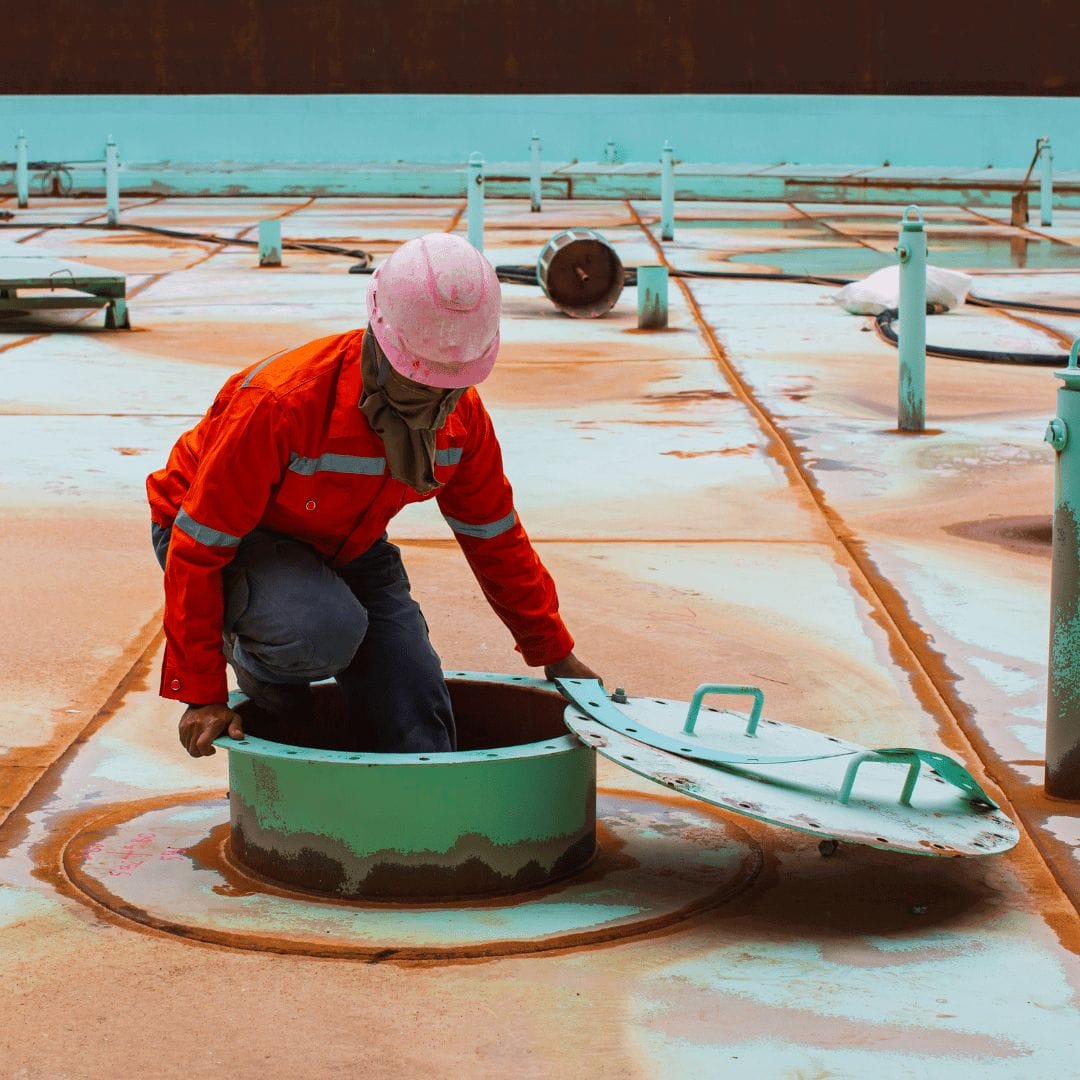
Lack of communication and personal gas detection instrument(s) can lead to unexpected and unwanted outcomes for workers in confined spaces. A confined space is defined as an area with a limited path to enter and exit, and is not designed to be occupied by a human but is big enough for someone to go in if required.
Confined space entry usually means only one person can enter and exit, creating a situation where someone on the outside can help monitor the safety of the dynamic and the person inside. Communication for confined spaces begins well before anyone actually enters the space itself. It starts with a proper understanding of the hazards and risks that someone may encounter when working inside that particular space. The National Fire Protection Agency’s (NFPA) 350 Guide to Safe Confined Space Entry and Work states that communication is a “vital, reiterative part of reducing hazards” in confined-space entries.
Hazards are identified and communicated during job-hazard assessments and can also be communicated through other resources such as Safety Data Sheets (SDS). SDS identifies substances that might be found inside that particular space. Blueprints and schematics then translate information regarding the construction and equipment in the space, while posted placards and markings provide personnel with specific warnings. It’s imperative that people have the knowledge and pay attention to these things before going inside so they are aware of the conditions they’re entering.
Hazard communication is just at the forefront of requirements for confined space entry. The United States Federal Register rule for confined spaces states that an attendant on a confined-space entry must have all the equipment necessary to communicate effectively with the entrants in the space. That attendant must also have the ability to summon help in the event of an emergency, if required, and inform the person inside if anything outside the space is a threat to them working safely. Communication between personnel inside and outside the confined area can come in a variety of forms, such as direct voice-to-voice communication between the attendant and the entrant(s), two-way radios, and other methods of non-verbal or visual communication.
But there is still a large risk of safety when only relying on someone outside to monitor the person inside the confined area. What happens if the space is complex and the attendant can’t see the person inside, or what if the work in the space creates too much noise, making it difficult to hear the attendant or the radio while wearing hearing protection? There is still a long list of risks that can compromise the safety of the person inside, and eventually the entire site if it’s a large leak.
Permit-required confined-space entries require a portable gas detector to test the atmosphere inside the space prior to anyone entering it. However, many would agree that the requirement should be applied to all confined spaces. NFPA 350 Sec. 7.13.1 is one example, stating that the “atmosphere within and outside the confined space should be monitored continuously to ensure continued safe working conditions.”
The most effective way to accomplish this is for each entrant in the space to carry a portable and/or a personal gas detector. The portable gas detectors transmit sensor readings continuously, allowing an attendant outside the space to see conditions inside on a detector monitoring the entry point or on a separate monitoring console. Personal detectors apply the same safety, but mainly for the personnel inside the confined area, allowing them to be aware of condition changes while performing their duties. The attendant at the point of entry can use a portable gas detector to alert the worker inside if conditions outside are going to compromise their safety.
Good communication shouldn’t stop when the entry operations are over. The information recorded and collected from gas monitors that continuously monitor confined spaces should be stored and reviewed by teams to enhance knowledge of operations and safety. This also provides the opportunity for managers to mitigate unexpected hazardous conditions before they are encountered.
ION Science’s portable gas detectors, classed as a type of Personal Protective Equipment (PPE), are designed to keep personnel safe from atmospheric gas hazards and allow mobile testing of locations before they are entered. These handheld devices are essential in many areas where gas hazards could occur because they are continuously monitored at close range to the operator, while stationary and moving. Our personal gas detectors keep workers safe from atmospheric hazards by continuously monitoring the user’s breathing zone, these detectors operate at close range to the user. ION’s range of personal gas detectors and monitors will allow you to operate in the toughest of industrial environments including hazardous areas and confined spaces.
Our array of gas detection instruments for a variety of potentially toxic work environments streams together to provide customers with solutions to combat various problems within the workspace, specialized for your specific application. Our fixed, portable and personal detectors meet rigorous requirements and standards set to ensure optimum safety. To learn more information about products offered by ION Science for gas and leak detection, view our products page. For more information about gas detection systems within your application, products to combat risks in confined space entry, other detection inquiries or if you have a question for us, contact ION Science today.











